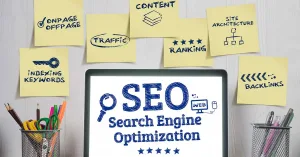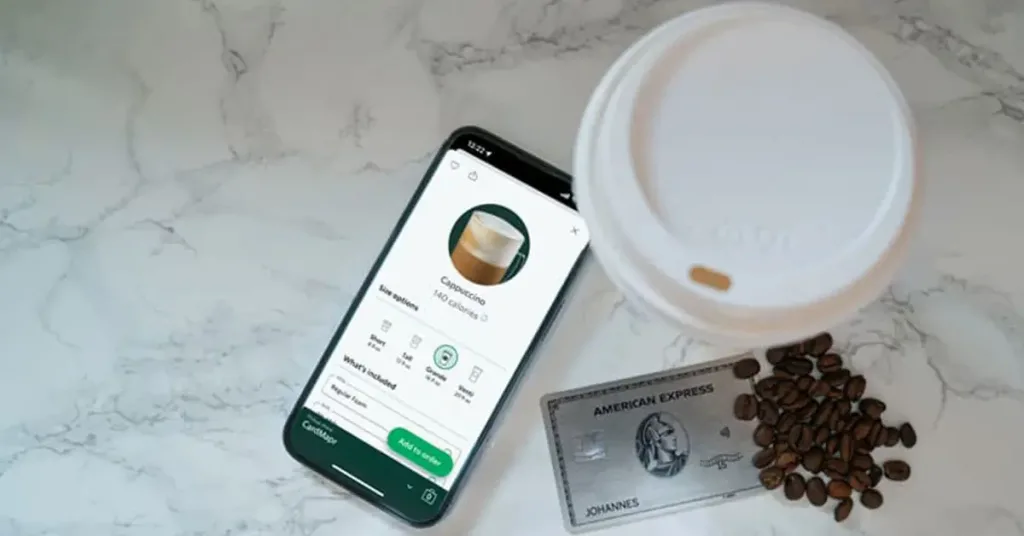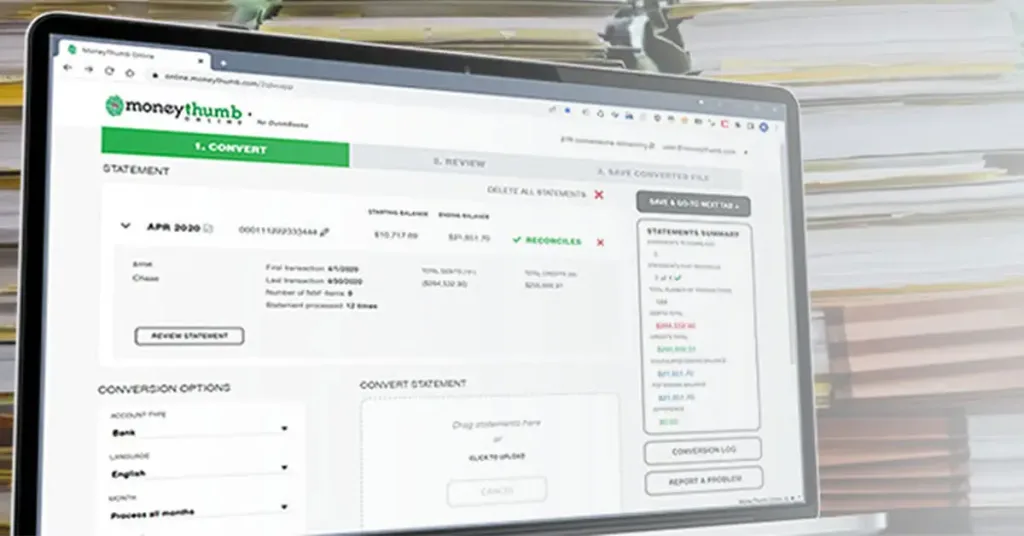In the increasingly competitive world of online and offline business, companies are constantly looking for ways to stand out from their competitors. In the past, businesses would often try to denigrate their competitors using hostile tactics. Fortunately, those days are fading, and companies have learned to take a softer, more benevolent approach to their marketing efforts.
Many businesses are creating brand awareness through cause marketing. Brand awareness measures how well people recognize your brand, including how “aware” they are that your brand exists at all.
Why does brand awareness matter?
Strong brand awareness means your brand is the first brand people think of when your niche comes up. They recognize your logo or mission statement. Brand awareness is a required first step before building brand loyalty.
To take brand awareness one step further, involve your business in cause marketing.
What is cause-related marketing?
Cause-related marketing is where businesses align themselves with social issues or beliefs that are important to them. Companies use the tactic to bring awareness to a cause and show social responsibility.
Cause-related marketing is highly beneficial for companies that want to improve the perception of their brand. For example, as a consumer, visually and socially responsible brands will always catch the eye. If you found out about a company from their cause-related post, you'd want to learn more about them, what they offer, and financially support the campaign.
When done properly, a cause marketing strategy helps spread your brand's message and boost revenue. Consumers are four to six times more likely to trust and buy from brands affiliated with causes, according to the latest Zeno report. Some even go as far as switching brands if an alternative company supports a cause they’re invested in.
Why Cause-Related Marketing is Good For Business
- Boosts employee morale
- Show social responsibility
- Stand out from your competitors
- Creates customer loyalty
- Improves brand awareness
- increases sales
Examples of Successful Cause Marketing Campaigns
1. Ben & Jerry's: Democracy Is In Your Hands
In 2016, ice cream company Ben & Jerry's introduced a new flavor to promote democracy: Empower Mint. Along with the flavor came a campaign called "Democracy Is In Your Hands", which educated ice cream lovers about barriers placed in low-income communities to prevent them from voting, like strict ID laws.
Empower Mint is a fudgy mint flavor that reflects the company's belief that "voting gives everyone a taste of empowerment". To emphasize that everyone deserves an equal serving of democracy, the campaign included a video that outlined the injustices low-income communities face when casting ballots.
2. The Body Shop: Time To Care
In 2020, beauty and wellness company The Body Shop wanted to thank healthcare workers for their dedication. To do that, decision-makers at the company decided to start a campaign called "Time To Care". This initiative supports health, wellness, and kindness.
The Body Shop's North American teams partnered with shelters and assisted living communities to donate cleansing supplies, like body and hand soap. The company promotes practicing self-care, so they wanted to make that experience accessible to everyone.
3. ALT: Project Stamp
Pronounced ALT Space, ALT is a nonprofit dedicated to rewriting harmful narratives about Chicago's neighborhoods through action, art, and culture. It partners with organizations like Habitat for Humanity and Chicago Park District to build spaces in Chicago's Austin community that promote artistry and education.
In 2019, ALT_ began the Project Stamp campaign, which is dedicated to highlighting the importance of Austin's residents. It's a free picture day where anyone can get their portrait taken for free. The idea is to rewrite the narrative of Austin as a dangerous community by illustrating and spotlighting the actual atmosphere and culture.
4. Dairy Queen's Campaign for Children's Miracle Network Hospitals
For over 38 years, International Dairy Queen, Inc. has been partnering with Children's Miracle Network for cause marketing campaigns. Their charitable giving program, DQ Cares, together with Dairy Queen franchisees, has raised over $160 million for children's hospitals. And now, they've launched a new campaign called "Dip It For Kids," where customers can donate $1 and receive a free vanilla cone dipped in their DQ chocolate-flavored shell.
In 2021 alone, Dairy Queen raised $5,733,754 for the organization from their various campaigns. The money raised was distributed to multiple sub-causes, such as charitable care, equipment, education, research and treatment, advancement services, and patient services. It's a win-win situation where customers get a tasty treat and children's hospitals get the support they need.
Steps to Creating an Effective Cause Marketing Campaign
Consider Your Brand's Values
The first step in creating a great cause marketing campaign is knowing what your company's values are. This indicates where you stand on specific areas of interest. Having a strong grasp of your brand and what your consumers expect from it is essential for creating an effective partnership with a cause that will benefit both parties. Be clear about how your resources can help your partner and how that relationship will benefit both your brand and theirs. This could be anything from helping your cause gain more visibility to assisting them with raising funds for a specific cause or a combination of related benefits.
Select a Cause
Before you decide to enter into a partnership with a nonprofit, be sure you know exactly what the nonprofit does and how they do it (e.g., an organization that raises funds for rare cancer through eye-catching social media posts and challenges). Find out what their capabilities and limitations are, and find synergies that can make a partnership mutually beneficial. To ensure you’re forming the best possible partnership with the right brand, ask yourself questions like:
- Do they have a social media master on staff?
- Are they known for throwing fundraising events that have a great turnout?
- Do they have a big email list on hand that they can reach out to?
- Do they have enough infrastructure to pair up with my business?
- Are they a good fit for my brand values?
For example, if your company is committed to using local and natural ingredients in their products, such as local honey and beeswax, partnering with a bee conservancy or preservation organization might be a natural fit, while a nonprofit partner that advocates for veganism and not using animal products might not.
Furthermore, when you start a cause marketing campaign, the partnership between your brand and your nonprofit partner should be felt at all levels of your organization. Make sure that your employees and team support the partnership and are engaged in helping both parties meet their goals.
Lastly, before going any further into your cause marketing process, check for any regulations your state might impose on partnerships or “co-ventures” between nonprofits and businesses. After all, you wouldn’t want to go through all the time and trouble of
Measure the Success of Your Campaign
Measuring the success of your cause marketing campaign is essential for understanding whether or not it achieved its desired results. There are a variety of metrics you can evaluate, such as:
- Conversion Rate: How many people saw your post, email, pop-up, or webpage vs. how many took action, such as signing a petition, donating, or making a purchase.
- Funds Raised: How many donations were made or how much money was raised, and conversely, how much your business made, if any, from the campaign.
- Engagement rates and website visits: likes, shares, and comments on social media posts, clickthroughs to your brand’s site, and engagement metrics such as the number of pages viewed, forms filled, and other website actions
To ensure that your campaigns remain successful, it’s important to track progress at multiple points during the campaign and adjust course when necessary. Additionally, engaging customers in surveys can help you gain valuable insights into customer sentiment toward your campaign and what could be improved in the future. If there’s a negative sentiment or criticism about your campaign, for example, it’s important to take accountability by addressing the issue directly and taking steps to correct public opinion before the situation spirals out of hand.
Choose the Right Channels
Another important step to take in your cause marketing strategy is to choose the right channels to promote your partnership to potential donors or buyers. You may consider looking at your partner’s history and achievements to get an overview of their credibility as an organization. As with any business, certain nonprofits are better suited to some ways of getting the word out than others. For example, if your brand is a kid’s clothing store partnering with a children’s charity, hosting a fun event for kids to get their parents into the store might be a great starting point, in addition to digital methods like leveraging your email list and social media presence.
Define Your Goals
Partnering with a nonprofit is a commitment that may last for a month, a year, or indefinitely. Regardless, your partnership with a nonprofit will take some time and can be a long-term commitment. Both partners must set a manageable joint plan for your cause marketing campaign together and agree on key milestones and deliverables.
Clarify your cause marketing strategy goals. Are you trying to:
- Increase awareness of your products or services.
- Sell more goods.
- Improve your brand's image.
- Raise more funds for the cause.
- Gain more supporters and loyal donors for the cause.
Craft Your Message
The more straightforward your campaign message is, the better chance consumers will have of remembering it in the constant barrage of posts, ads, and pop-ups they encounter daily. You want your cause marketing campaign to have the greatest possible financial and social impact, so you’ll also want the widest possible exposure to your target audience.
While the exact number is debatable, studies show that users' attention spans have dropped from 12 to eight seconds on average. Users tend to click away from a page if the content is complex and confusing for them. This means that complicated marketing assets with unclear messages can contribute to high bounce rates and low returns.
Conclusion
With the combination of your traditional marketing efforts, adding brand awareness through cause marketing can reap a ton of benefits. It also benefits your cause and raises awareness of the thing you are most passionate about. This can't help but be a win-win situation for all involved.





















Add comment